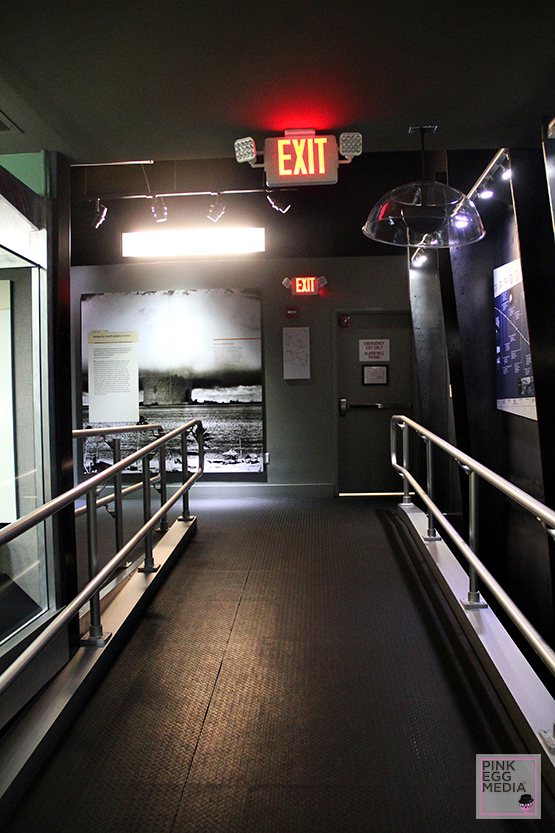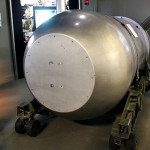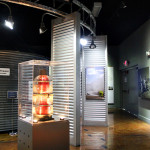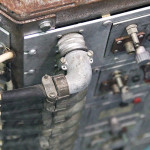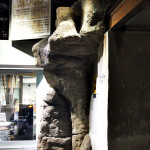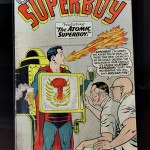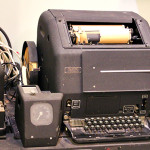LAS VEGAS – We visited The National Atomic Testing Museum, an 8,000 square foot permanent exhibit in Las Vegas that provides multiple viewpoints on the work conducted at the Nevada Test Site and its impact on the nation.

The museum included numerous artifacts and is designed to be an interactive experience. Many of the exhibits include touch screens, audio interviews from former workers from the test site and various other multimedia components.
During our visit they also had an exhibit dedicated to the enigmatic Area 51:Myth or Reality. Area 51 is located in the southern portion of Nevada, northwest of Las Vegas. Situated at its center is a military field. The intense secrecy surrounding the base has made it a frequent subject of conspiracy theories and unidentified flying (UFO) folklore.
We decided to go through Area 51 first. We were handed our mission files as well as two security clearance passes. The walk-thru exhibit included testimonials, existing evidence, photos, and old news reports relating to the subject of extraterrestrials. In light of all the evidence we still ask ourselves the question, are aliens real or not? Why is Area 51 such a secret? It’s fun, educational, entertaining and interactive. It leaves you still pondering but assured that there are people out there trying to explain the unexplainable.
After being debriefed and “cleared” to leave Area 51, we entered the museum. It covers periods from the first experiment at the National Testing Site on January 27, 1951 to the present. Near the “Fall Out Shelter” is the “Ground Zero Theater” which simulates the experience of observing an atmospheric nuclear test.
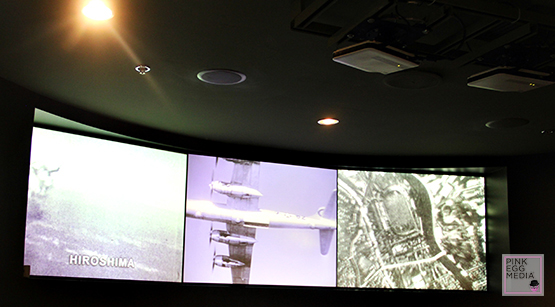
Photo by: Ana Pines
We watched a video in the theater presenting different perspectives regarding the nuclear testing program. Workers talked about the effects that the tests had on them as well as the people that were allowed in the beginning to watch the detonations. Officials also spoke about the moral dilemmas that they experienced during and after the testing sessions. Many of the volunteers are foundation trustees of the museum and were part of the testing facility crew so we were getting a first hand account.

Photo by: Ana Pines
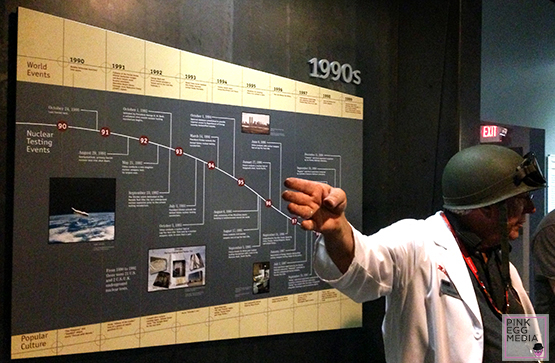
Photo by: Ana Pines
We spoke with Ernest Williams who is 83 years old. He emphasized that many people fear Atomic testing due to their lack of understanding. The museum is their way of educating the public about the reasons behind its existence. The exhibit also included footage of protesters and facts about the damages that it caused. Regardless of which side they were arguing for, each person truly believed that they are doing so for America’s sake.
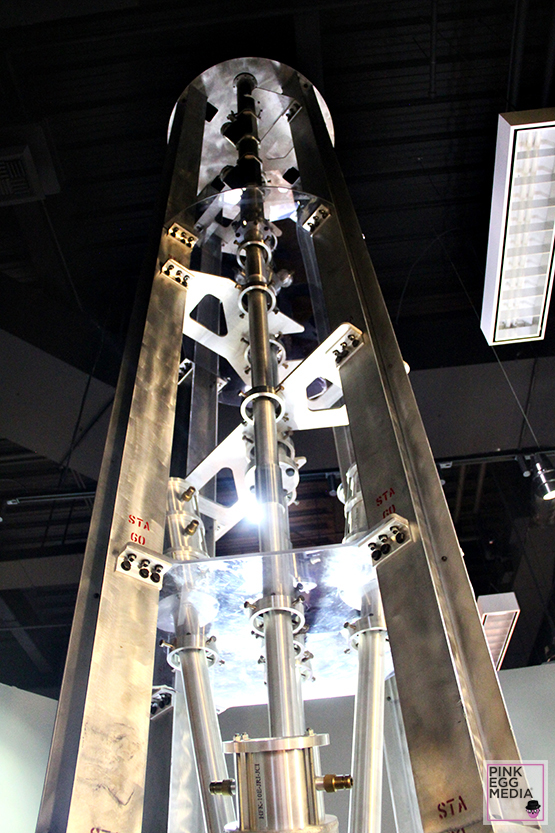
Photo by: Kim Rescate
When they realized the dangers of detonating the bombs above ground, tunnel containment vessels were created. The first underground nuclear test codenamed “Pascal-A” was detonated on July 26, 1957 at the bottom of a 499-foot open drill-hole. As the testing guidelines in Nevada became more stringent, weapon laboratories made efforts to reduce radioactive fallout by using the lowest test yield possible through reduced fission yield or clean technology, and by underground explosions. The explosions contained underground offered hope for eliminating fallout. Tests prove that although it still vented radioactive material, the amounts are small in comparison to aboveground testing.

Atmospheric testing was conducted in the Christmas Island and Johnston Island area of the Pacific until the United States signed the Limited Test Ban Treaty in 1963. Today, safety is the main concern throughout every step in the planning and execution of an underground nuclear test. The last known underground test was conducted in December 2012, codenamed POLLUX. This subcritical experiment involved a sample of plutonium bomb material. Officials stated that the test was carried out to provide for the secure storage of nuclear warheads.
- Photo by: Kim Rescate
- Photo by: Kim Rescate
- Photo by: Kim Rescate
- Photo by: Kim Rescate
- Photo by: Kim Rescate
- Photo by: Ana Pines
- Photo by: Kim Rescate
- Photo by: Ana Pines
The Nevada National Security Site (N2S2), previously called the Nevada Test Site (NTS) contains 28 areas with 400 miles of paved roads and 300 miles of unpaved roads. In 1992, the Department of Energy estimated that more than 300 million curies of radiation still remained in the area at the time, making it the most radioactively contaminated places in the United States.
The National Atomic Testing Museum contains an immense amount of information that one can read, watch, hear and explore for hours. It’s a great way to spend an afternoon away from The Strip and learn a bit about our history. For more information, visit www.nationalatomictestingmuseum.org.
Location:
755 E Flamingo Rd Las Vegas, NV 89119
Hours:
Monday-Saturday from 10:00 a.m. – 5:00 p.m.
Sunday from 12:00 p.m. – 5:00 p.m.
Contact:
info@nationalatomictestingmuseum.org
702-794-5124
Kim Rescate
Latest posts by Kim Rescate (see all)
- Queer Diversity Shines Through - September 19, 2016
- Storytelling in Leadership - April 25, 2016
- Leadership: Walking the Talk - April 17, 2016

